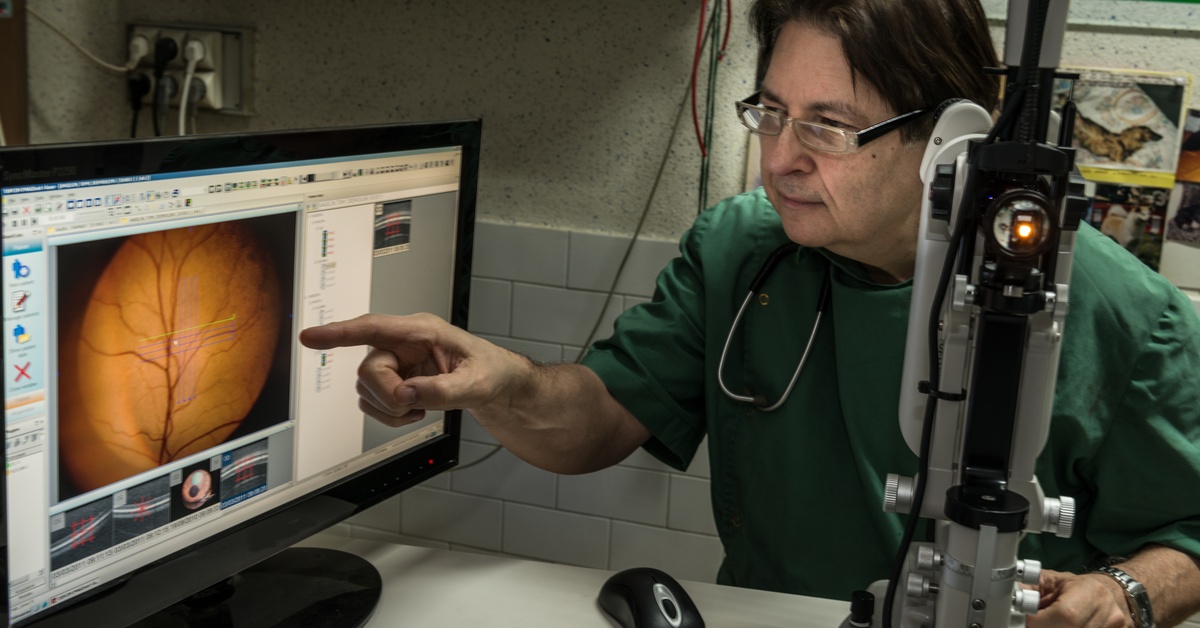
Healthcare professionals conducting ophthalmic procedures rely on supplies that support precise movements and hygienic conditions. They may use sterile or non-sterile ophthalmic supplies, but how do professionals know what to use? It’s important to learn about both items’ characteristics and uses before making a final decision.
What Are Sterile Ophthalmic Supplies?
Sterile supplies undergo a process to be completely free from microorganisms. The extreme level of sterilization is essential for environments where there is a high risk of infection, such as surgical settings and invasive procedures.
Items like preloaded punctal occluders, surgical instruments, certain medications, and covers for Tono-Pen tips are frequently packaged and distributed in sterile formats to maintain their integrity and safety until use.
Sterile ophthalmic products must endure rigorous sterilization protocols, like steam autoclaving or ethylene oxide gas treatment, to meet stringent medical standards. Manufacturers individually package the supplies to safeguard their sterility during handling and transportation. By the time healthcare professionals receive the tools, the items are ready to use for procedures such as cataract surgeries and corneal transplants.
The Role of Non-Sterile Ophthalmic Supplies
On the other hand, non-sterile supplies are not processed to eliminate all microorganisms, but they’re designed for noninvasive uses or situations with a lower risk of infection. They include items like diagnostic lenses, non-sterile bulk packaging of occluders, and cleaning materials. While these products may not meet the same sterilization standards as their sterile counterparts, manufacturers still follow strict quality specifications to guarantee safe and effective use.
Non-sterile supplies are generally more cost-effective and versatile. They’re ideal for routine examinations, simple diagnostic tasks, or preliminary procedures.
Choosing Between Sterile and Non-Sterile
There are a few primary factors you should know when deciding between sterile and non-sterile ophthalmic supplies.
Intended Use
The first element in deciding whether to use sterile or non-sterile ophthalmic supplies is the nature of the procedure. Sterile supplies are necessary for high-risk or invasive settings to prevent infections, while non-sterile options suffice for routine and noninvasive applications.
Safety and Compliance
Regulatory standards often dictate the type of supplies required for specific procedures. Ensuring compliance with these guidelines helps uphold patient safety and the overall quality of care.
Cost-Effectiveness
While sterile supplies typically cost more due to their processing and packaging, using non-sterile supplies when appropriate can be a practical and budget-friendly alternative.
Efficiency in Practice
Choosing the right supplies contributes to smoother operations in ophthalmic practices. For example, lifting equipment in surgical preparation areas speeds up material handling, supporting both efficiency and sustainability in the clinical workflow.
Why It Matters
Every ophthalmic procedure has unique requirements, and selecting the right supplies is essential for achieving the best results. The chosen products must align with the needs of the practice and the safety standards of the procedure.
Automated Ophthalmics provides industry professionals with a wide array of high-quality sterile and non-sterile solutions designed to enhance practice efficiency while prioritizing patient care. With our products both manufactured and supplied in-house, practitioners can choose the right supplies that support both safety and success in the field of ophthalmology.
